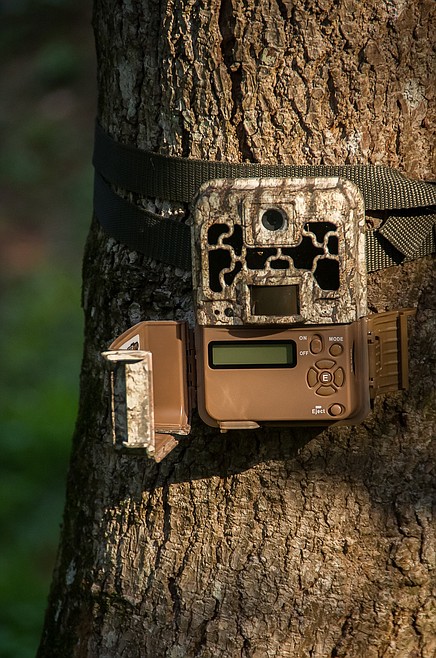Getting in the game with trail cameras
I recently received a new issue of a bow hunting magazine. It included their annual review of new bow hunting gear. There were over 60 pages of new bow hunting gear...
Support Local News
You have read all of your free articles this month. Select a plan below to start your subscription today.
Already a subscriber? Login
Daily Inter Lake - everything
Print delivery, e-edition and unlimited website access
- $26.24 per month
Daily Inter Lake - unlimited website access
- $9.95 per month

